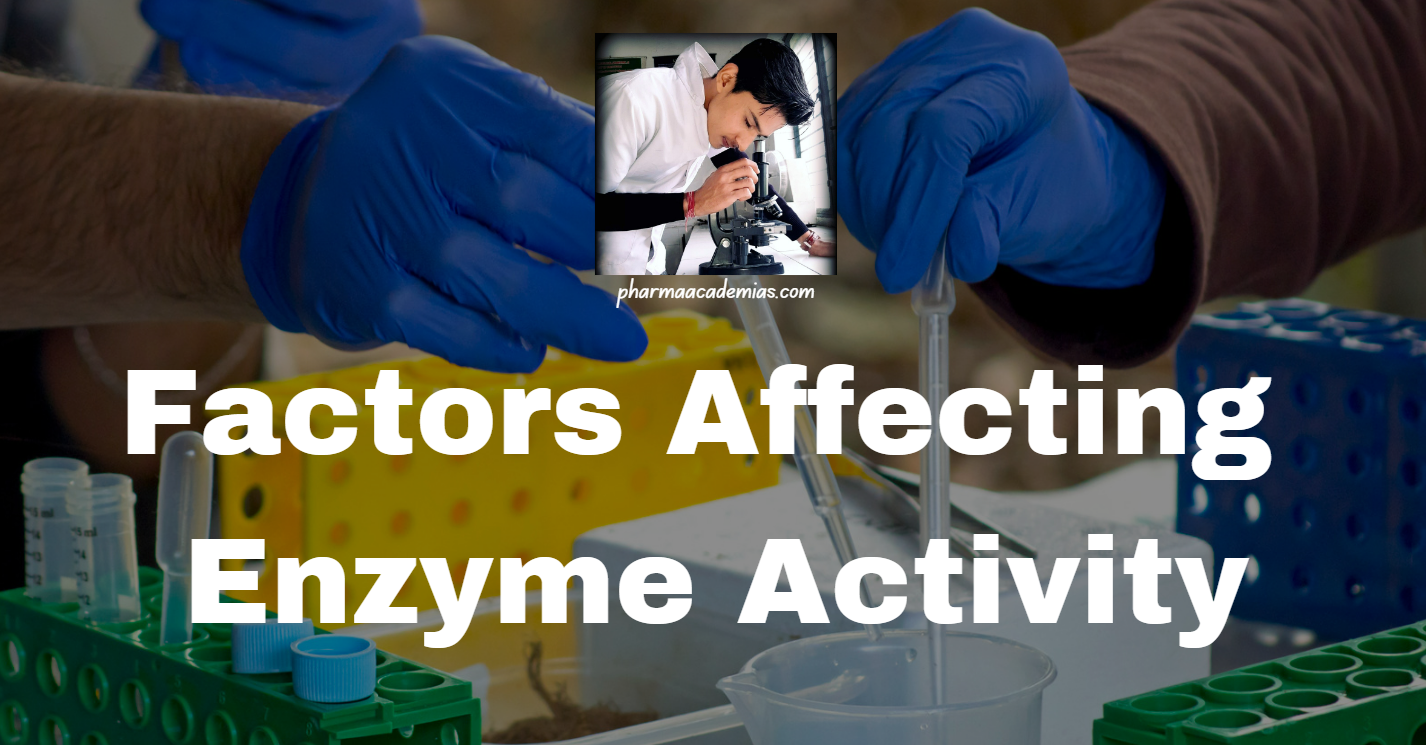Enzyme activity is highly regulated and influenced by various factors. Understanding these factors is essential for comprehending the dynamics of biochemical reactions. The key factors affecting enzyme activity include:
1. Temperature:
a. Effect: Enzymes exhibit optimal activity within a specific temperature range. Higher temperatures generally increase reaction rates due to increased molecular motion, while low temperatures can slow down or even denature enzymes.
b. Denaturation: Excessive heat can disrupt the enzyme’s three-dimensional structure, leading to denaturation and loss of function.
2. pH:
a. Effect: Enzymes have an optimal pH at which they function most efficiently. pH changes can alter the ionization of amino acid residues in the active site, affecting enzyme-substrate interactions.
b. Denaturation: Extreme pH levels can denature enzymes by disrupting hydrogen bonds and electrostatic interactions within the protein structure.
3. Substrate Concentration:
a. Effect: Initially, as substrate concentration increases, the reaction rate also increases due to more frequent collisions between enzymes and substrates.
b. Saturation: At higher substrate concentrations, the enzyme may become saturated, leading to a plateau in the reaction rate as all available enzyme active sites are occupied.
4. Enzyme Concentration:
a. Effect: An increase in enzyme concentration generally leads to an increase in reaction rate, assuming substrate concentration is not limiting.
b. Saturation: Similar to substrate concentration, at high enzyme concentrations, saturation may occur, and further increases may not significantly enhance the reaction rate.
5. Cofactors and Coenzymes:
a. Effect: Many enzymes require non-protein molecules known as cofactors or coenzymes to function properly. These molecules facilitate catalysis by assisting in substrate binding or providing additional chemical groups.
b. Activation: The absence or shortage of cofactors can inhibit enzyme activity, while their presence can activate certain enzymes.
6. Inhibitors:
a. Competitive Inhibitors: These molecules resemble the substrate and compete for the enzyme’s active site. They can be overcome by increasing substrate concentration.
b. Non-competitive Inhibitors: These inhibitors bind to a site other than the active site, altering the enzyme’s conformation and reducing its activity irreversibly.
7. Enzyme Activation:
a. Post-translational Modification: Enzymes can be activated or deactivated through processes like phosphorylation, glycosylation, or cleavage of specific peptide bonds.
b. Allosteric Regulation: Molecules binding to allosteric sites can modulate enzyme activity by inducing conformational changes in the enzyme.
8. Presence of Activators:
a. Effect: Certain molecules can enhance enzyme activity. These activators can be ions, coenzymes, or other molecules that stabilize the enzyme-substrate complex or facilitate the reaction.
9. Enzyme Stability:
a. Effect: Enzyme stability is crucial for prolonged activity. Factors such as proteolytic degradation, changes in temperature, and exposure to denaturing agents can affect stability.
10. Enzyme Immobilization:
a. Effect: Immobilizing enzymes on surfaces or within matrices can influence their activity, stability, and reusability in industrial applications.
In summary, enzyme activity is a complex interplay of various factors. The understanding of these factors is crucial for optimizing conditions in biological systems and industrial processes where enzymes play a vital role. Researchers and industrial practitioners must carefully consider these factors to harness the full potential of enzymatic reactions.

